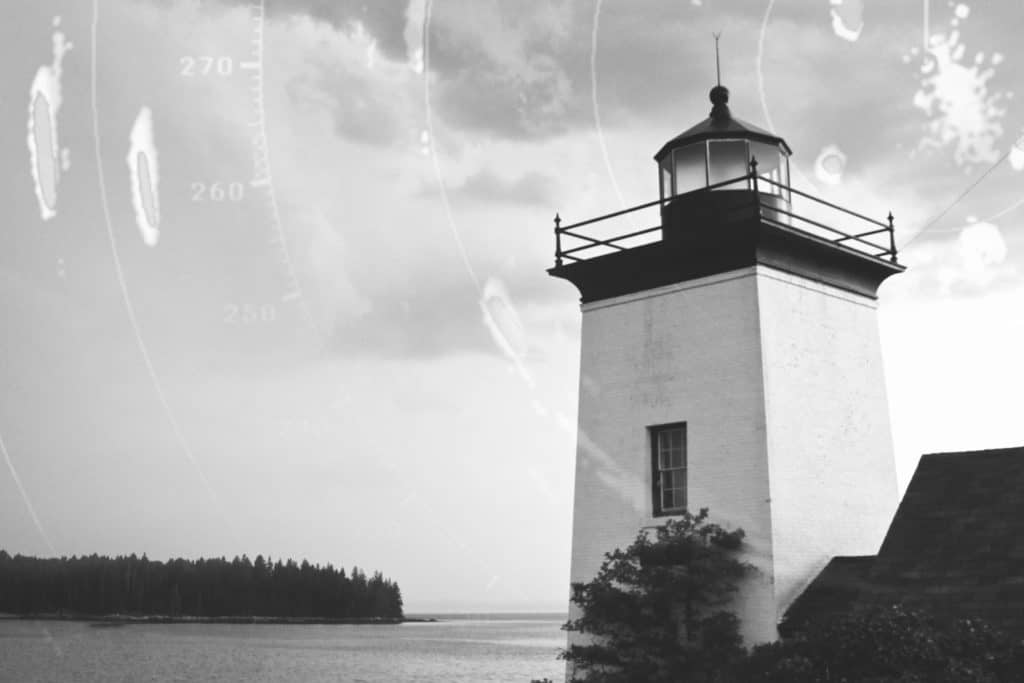
Maine’s notorious pea-soup fog shrouded Penobscot Bay as we threaded our way up Muscle Ridge Channel, just south of Owl’s Head Bay’s infamously narrow-waisted waters. My dad monitored the nav-station radar while I stood watch in the cockpit, ready to wrest control from the autopilot if needed. It was challenging to distinguish the foredeck’s business district from the murk, but it was impossible to miss the myriad lobster pots passing astern. Dad repeatedly popped his head up through the companion-way to query possible targets, which could have been boats or tiny islands, since our magnetron radar couldn’t easily distinguish between moving vessels and landmasses.
Fortunately, Doppler radar is ushering in a bold new era of radar technology, providing yachtsmen improved situational awareness and ease of use.
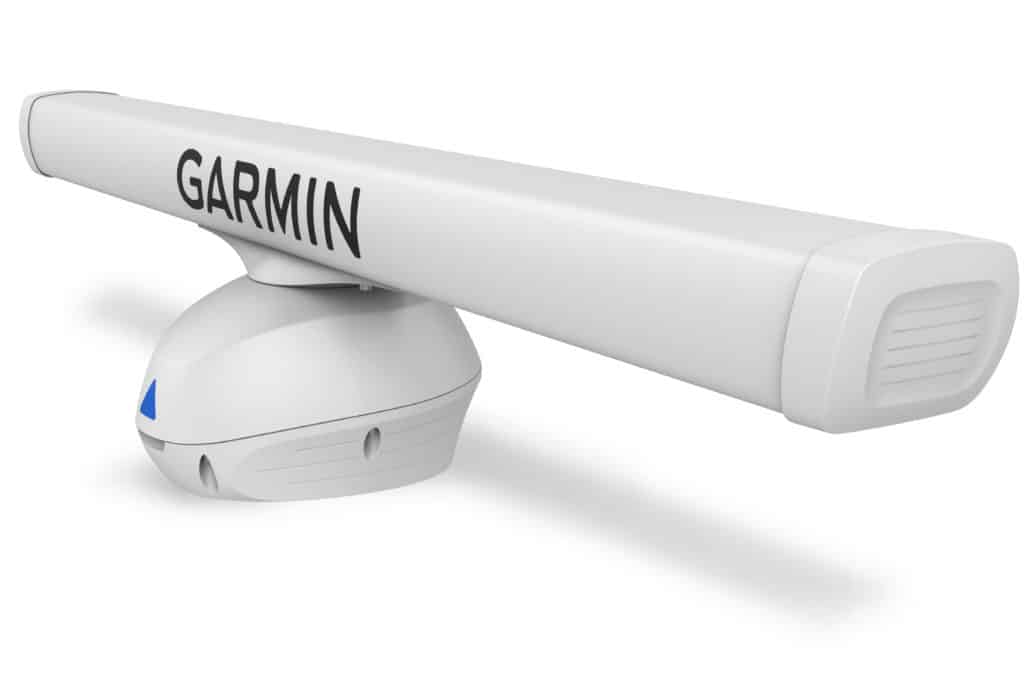
If you’ve ever heard the high-frequency wail of an advancing police car followed by the siren’s lower-frequency scream as the car speeds away, you understand the basic premise of the Doppler effect. From a fixed observation point, the siren’s impending sound waves get bunched together and reach the listener’s ear faster as the car races closer. As the car recedes, the opposite occurs. The siren must transmit at a consistent frequency for the effect to be observed; oscillating frequencies make it impossible to discern if the cruiser was approaching or receding. This is the crux of bringing Doppler technology to marine radars.
Meteorologists have used Doppler radar to forecast the weather for a long time, but adopting the technology for recreational-marine radar, which have traditionally used cavity magnetrons to generate peak microwave pulses, is impossible. “You can’t reliably do Doppler with a magnetron because the frequency of a magnetron is unpredictable,” says Ryan Schmitz, Garmin’s project manager and design engineering team leader for radar. Controlling a radar’s transmit frequency is essential for harnessing the Doppler effect. “You hit a magnetron with a pulse of very high voltage, and the magnetron’s [cavity design] dictates what frequency could come out,” he adds. “But that frequency will vary over time, over temperatures and from one magnetron to the next.”
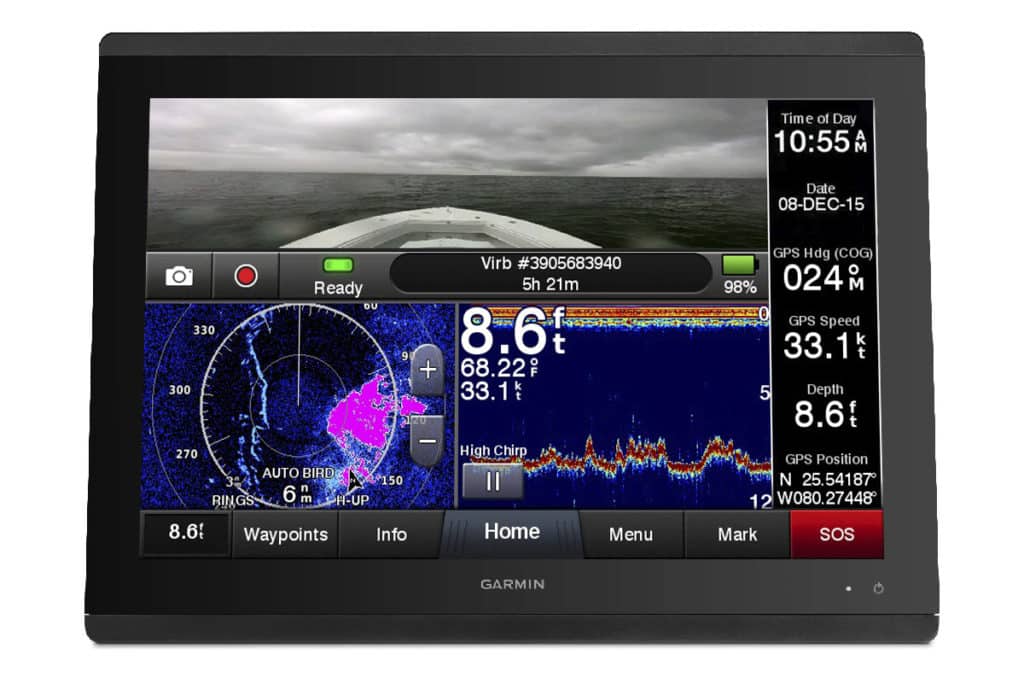
To solve this problem, Doppler radars such as Furuno’s 25 watt DRS4D-NXT radome and Garmin’s 40 watt Fantom radars (available in 4- and 6-foot open arrays) use gallium nitride power amplifiers — instead of magnetrons — to generate X-band (9.3 to 9.5 GHz) radar microwave pulses with very predictable frequencies. Critically, the cost of gallium nitride power amplifiers has dropped. It’s now less expensive to build radars using these solid-state components than it is to use magnetrons.
“Traditional radar transmits a pulse in a specific direction, which travels at the speed of light, and [the radar] knows what time the [pulse went] out and what time it comes back, and it uses this information to paint the [radar] picture,” says Eric Kunz, Furuno’s senior product manager. “Doppler takes this to the next level because it knows the pulse’s exact frequency. It’s like ringing a bell versus sending an exact blip frequency.”
Magnetron radars transmit peak bursts of energy over extremely short time intervals (think 0.08 microseconds). Doppler-enabled radars use compressed high-intensity radiated pulses, or CHIRP, like modern sounders do, allowing the radar to transmit similar amounts of total energy but spread out over much longer intervals (think 100 microseconds).
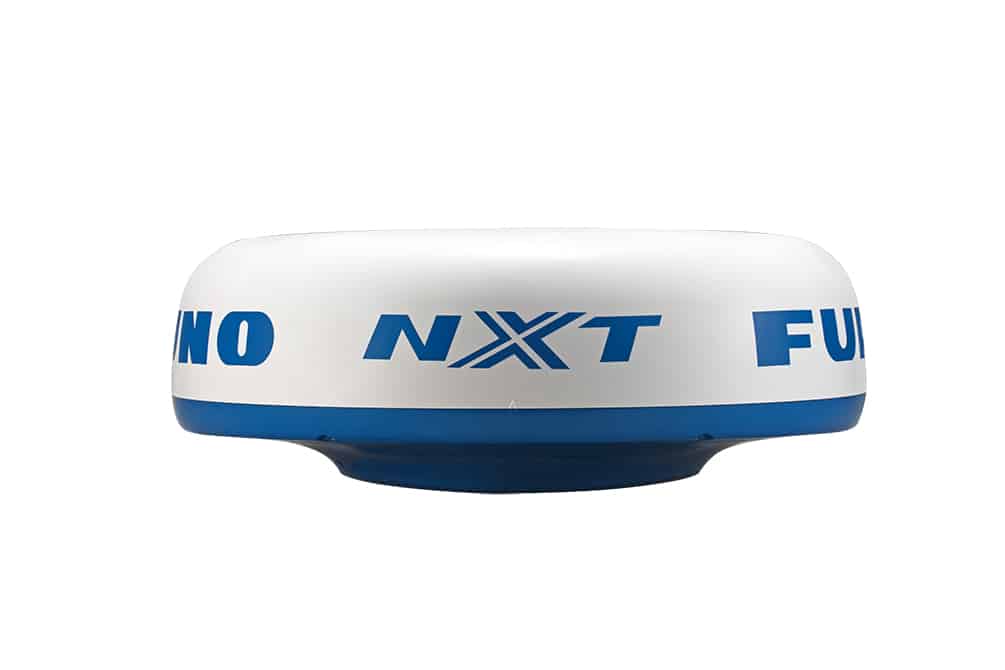
“Pulse compression is the ability to transmit with very long pulse lengths, but on the receiving side, it compresses the echoes of those pulses back, so the effective pulse length looks much smaller,” Schmitz says. Kunz agrees, adding that Furuno has long built its own microwave integrated circuits, which he says are critical for how Furuno radars receive and process echo returns.
Doppler radars stand out from traditional marine radars because they allow users to determine instantly if an object is stationary or moving and — if it’s moving — to determine its direction and speed. Stationary returns appear as standard radar imagery, but objects in motion are color-coded. For example, Furuno’s DRS4D-NXT recognizes anything moving faster than 3 knots to be a target; approaching targets are red, while receding or nonthreatening targets are green. Garmin uses a secret, but similar, speed metric, and users have their choice of seven color palettes. Both Furuno’s and Garmin’s Doppler radars are set up so that the Doppler features (called “Target Analyzer” and “MotionScope,” respectively) can be turned on and off.
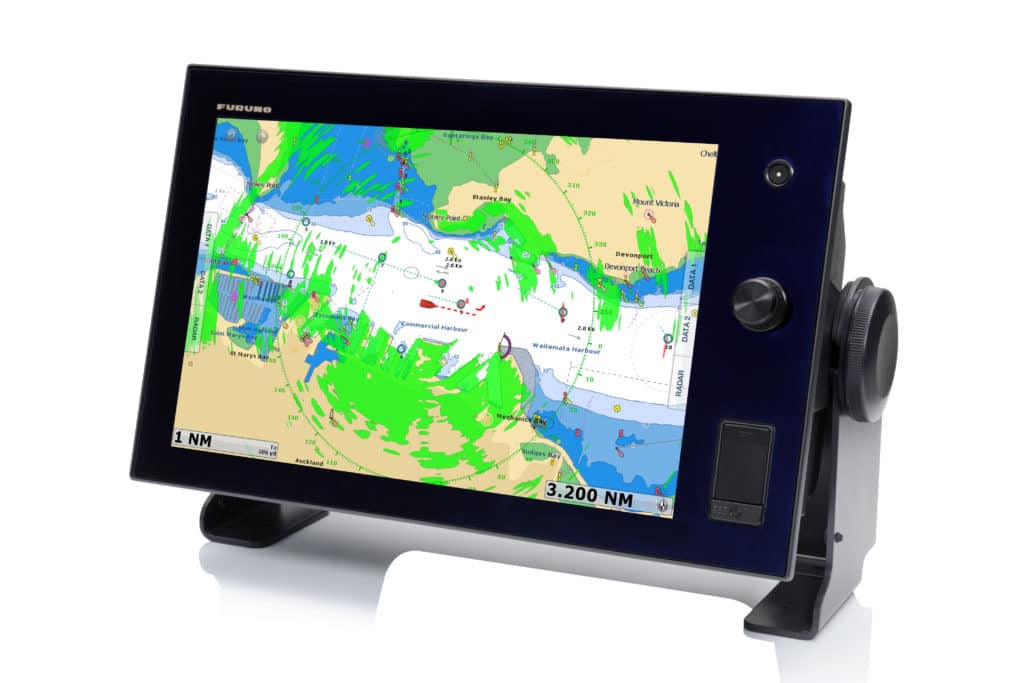
Furuno and Garmin also added target-tracking features for better situational awareness. Furuno’s DRS4D-NXT has an automatic radar-plotting aid, or ARPA, which acquires and tracks up to 40 targets (60 more targets can be manually entered). Garmin’s Fantom radars have a mini automatic radar-plotting aid, or MARPA, which can track up to 10 user-selected targets. In both cases, separate heading sensors are needed for ARPA/MARPA tracking.
In addition to adding Doppler and target-tracking features, all solid-state radars significantly reduce close-range blind spots because they don’t have the same minimum-transmit pulse widths as magnetron radars. For example, magnetron radars might offer a minimum range of 65 feet, while solid-state radars deliver minimum ranges that can be closer to 20 feet. Also, while peak power transmissions are lower with solid-state radars, Kunz and Schmitz say radiation levels are comparable between solid-state and magnetron radars because both emit similar amounts of total energy.
While these are still early days for Doppler radar on yachts, there’s little question this technology represents the path forward. These new solid-state radars weigh less than magnetron radars, cost less to manufacture and offer eye-popping imagery that clearly delineates whether a target is dangerous.
As for negotiating Muscle Ridge Channel in heavy fog, Doppler surely would have lowered our stress levels while letting us keep one eye peeled for potentially prop-fouling lobster pots.
Electronic Birding
Finding birds with magnetron radars involves turning up the gain enough to see screen clutter while resisting the urge to activate rain- or sea-clutter filters. Some contemporary radars — including Garmin’s Fantom and Furuno’s DRS4D-NXT — come with bird modes. Ryan Schmitz at Garmin says that bird mode changes the radar’s auto-gain algorithm, allowing units to set their gains aggressively and present some of the noise floor. “The intent behind the feature is that you don’t have to do anything,” he says. “You just hit the button and your radar [is] quickly configured to show birds.” While every radar’s ability to depict targets boils down to the size of each target’s cross section, birds travel quickly, meaning that Doppler technology can help distinguish seabirds from screen clutter while revealing direction of travel.









